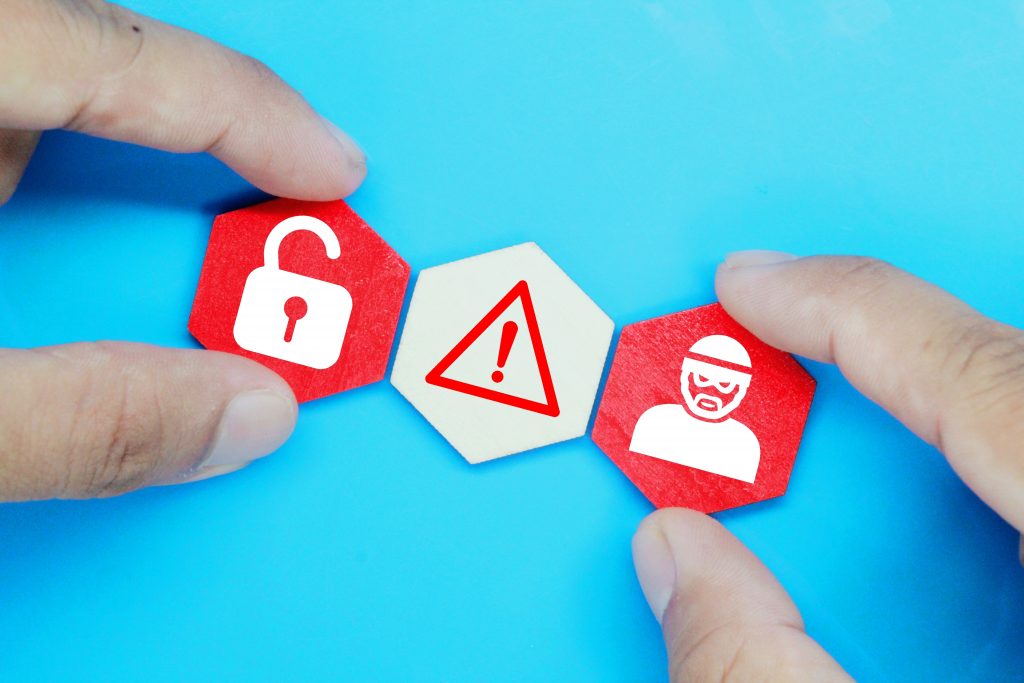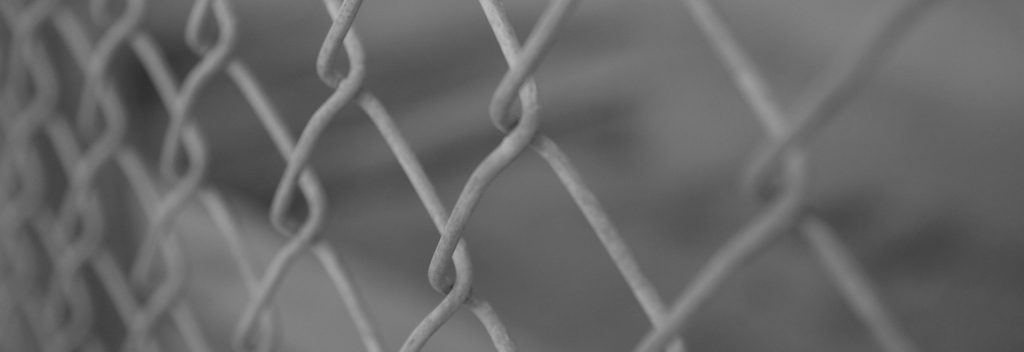Is my Stuff More Dangerous Now?
With technology growing at a mind-blowing pace, connecting devices to the internet and each other was the next obvious step. The Internet of Things (IoT) has changed the way we live and interact with our devices. Alongside the benefits are some real dangers we face as a result of this technology.
Information Overload
Since the early 1990s, the amount of personal information made available through digitization and networking has increased exponentially, and with such access comes both impressive solutions and equally impressive dangers. For example, doctors in a medical network can now share your health records almost instantaneously, leading to faster and more accurate diagnosis and treatment. Yet, that same medical network could be hacked, leading to a situation where your private health information could actually be used to harm you rather than help you. Another example are mobile phone apps such as Google Maps and the Google App which detect your location and allow you to leave reviews of places you visit. These apps create well-informed consumers and push businesses to strive for higher quality in order to improve their ratings. At the same time, this means that your mobile phone is constantly storing information about where you’ve been, your routine, your dining preferences, etc. Information that just over a decade ago would never have been stored is now available to the public.
Legal Complications
It isn’t just the threat of a random hacker that complicates the interconnectivity of information. As the IoT grows, state and federal lawmakers are faced with the task of trying to keep up. Even something as basic as the concept of a “seizure” of property must be adapted for the digital age. When dealing with tangible property, if one person seizes an item, then that person has removed the opportunity that anyone else can still hold that item. However, what if the seized items were bits of personal data? What if they could be seized without the original owner of the data even recognizing that they were gone?
Who is in Control?
The IoT is comprised of millions of new devices connecting to the internet each day. These devices can store information about you, but their main risk has more to do with control. As we create smart cars and smart houses– to name just two that we’re seeing more often– we have to recognize that as we make it possible to control these devices through some form of networked interface, the “control” belongs to whoever controls the interface. This of course means that should the interface be compromised, someone other than the driver of the smart car or the owner of the smart house is now controlling them in a way that the owner never expected or intended.
Good vs Evil
The reality is that this technology is powerful, and like all powerful technologies it is neutral by nature. Only how the technology is used will determine whether it is a force for good or bad. Like so many powerful technologies before, the internet of things has the potential to greatly improve both the quality and longevity of our lives, but that doesn’t mean that it can’t be used for harm. IoT development companies, like Metova, recognize both the brilliance and the danger of universal connectivity and are finding new and better ways to secure both information generated by the IoT and devices connected to it. We work to ensure that the software we use is secure by design so that the customer can maintain control over their information and devices. As part of the team of engineers at Metova, I am always looking for ways to be ethical, cautious, and judicious in implementation of new technologies to ensure that the software I deliver to my customers gives them cutting-edge solutions while at the same time keeping their information safe. I have seen this attitude shared by all my colleagues at Metova.
Stay Informed
As a person who uses tech and loves it, I also strive to stay informed about its risks. I want to keep learning about technology and how it interacts with my daily life. I would definitely recommend to anyone interested in technology that they do the same. As I’ve said in previous blogs on the topic the invisible interface means that this tech is designed to so easily integrate with our lives that it may be difficult to even know it’s there, much less what it’s doing. As a result it’s best to try to stay informed about how our interactions with the digital world are affecting our lives and it’s best to try to stay educated about ways to protect yourself and your information.



